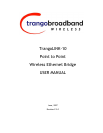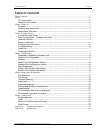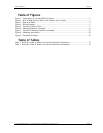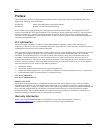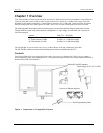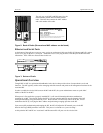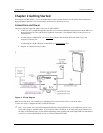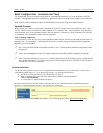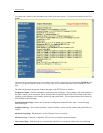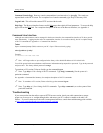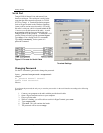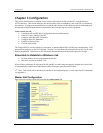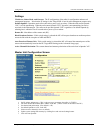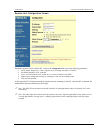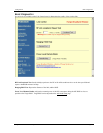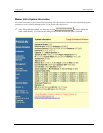
Overview Operational Overview
Trango Broadband Wireless — TrangoLINK-10 User Manual Rev. E 3.0 page 2
Figure 2: Back of Radio (Shows where MAC address can be found)
Ethernet and Serial Ports
At the bottom of the radio are two access ports: a twist-on weatherproof cable port for RJ-45 Ethernet (and PoE), and an
access cover plug for the RJ-11 serial port. Behind the access cover plug are three LEDs that provide RF link-status
information. These LEDs are discussed later in this text.
Figure 3: Bottom of Radio
Operational Overview
TrangoLINK-10 MU is a sophisticated broadband wireless device that provides a host of comprehensive tools and
functions. The MU typically resides at the managing end of the network and performs all management functions for the
associated RU.
In order to establish a wireless link between the MU and the RU, the system administrator must set up the MAC
address of the RU in the MU.
When power is first applied to a properly installed RU, it will scan all channel/polarization combinations
searching for an MU. Once the RU detects the MU it will stop scanning and lock onto the channel of the MU
and begin transmitting using maximum RF power. Before the MU can wirelessly connect to the RU, it must
authenticate the RU by verifying the MAC address and performing a ranging operation to the RU.
Upon successfully authenticating and ranging the RU, the MU will adjust the RF transmit power in the RU
based on the Target RSSI parameter in the MU. This process is referred to as “power leveling.”
At this point the MU and RU are “associated” and Ethernet traffic will pass over the wireless link.
The only way to tell MUs and RUs apart is by the
model number printed on the backside product
label. This label also contains the MAC address
and serial number of the radio.
Trango Broadband Wireless
P5830S-MU Rev. A
S/N: 000001421
MAC: 00 01 DE 00 02 F3
FCC ID: NCYM5830SM
Canada: XXXXXXXXXX
This equipment has been tested and found to comply with the limits for a Class B
digital device, pursuant to Part 15 of the FCC Rules. These limits are



